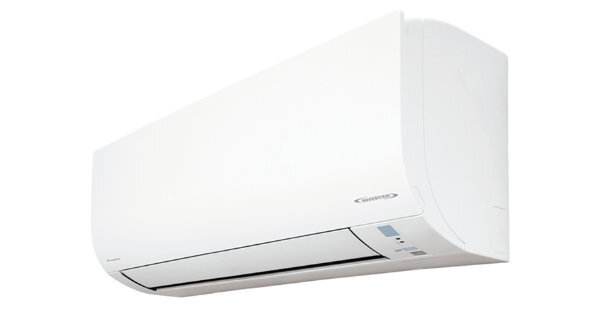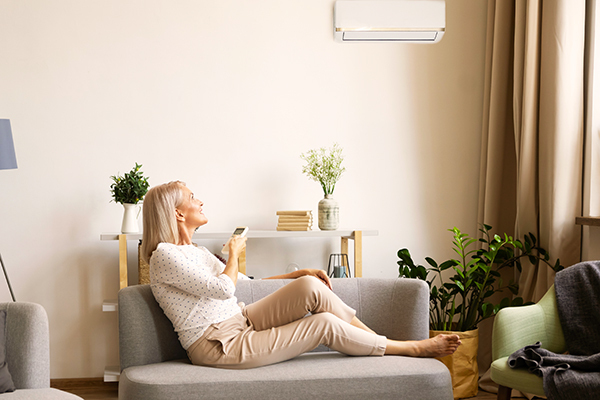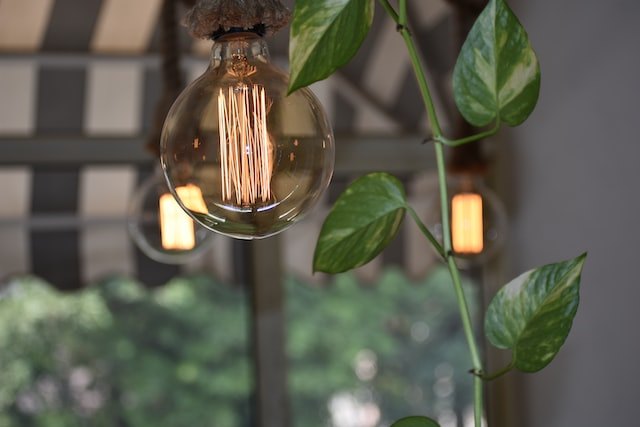11 January 2023
Changes to make to avoid the energy price soar predicted for 2023
With the 30% increase in electricity prices predicted for 2023, now is a great time to start making changes in your home to avoid feeling the pinch of high energy bills. While it may seem overwhelming and inevitable, there are a number of simple and effective steps you can take to reduce your energy consumption, save money on electricity and help protect the environment.
From switching off appliances when not in use, to investing in more energy-efficient home appliances or installing solar panels; there are plenty of ways that you can make changes around your home that will have an impact on both your wallet and the planet. In this blog post, we will explore some of these options so that you can be prepared for 2023’s anticipated increase in electricity prices.

Invest in a home solar power system
Solar power systems help reduce electricity bills and put money back into your pocket. As solar energy is generated during daylight hours, you will be using solar power to offset your home’s electricity usage while reducing your energy costs.
Solar power is a great way to reduce electricity bills and save money on energy costs. By investing in a home solar power system, you can use the solar energy generated free from the sun to offset your home’s electricity usage, thereby reducing your energy costs. Solar power systems are becoming increasingly popular as more people become aware of their potential savings. Not only do they help reduce electricity bills, but they also provide environmental benefits by reducing carbon emissions and helping preserve natural resources.

Update old or worn-out appliances to new ones with a higher energy star rating
Replacing outdated or broken appliances with fresh and more efficient models boasting higher energy star ratings is one of the most viable methods to not only conserve electricity but also significantly reduce your utility bills.
Many modern appliances are designed to be more efficient than older models, so replacing old hot water systems, air conditioners, dishwashers, etc with newer higher energy efficiency rated versions can significantly reduce your home’s electricity consumption.
Many people don’t realize that their older model appliance may be using up to 50% more power than a newer more energy-efficient model. This means that updating these appliances can save you money in the long run as well as help preserve valuable natural resources. In addition, many utility companies or governments offer rebates for purchasing energy-efficient products such as heat pump hot water systems or Peaksmart air conditioners which can further reduce the cost of upgrading particular home appliances.

Add window dressings for increased insulation
Adding curtains, blinds or awnings to your home can help insulate it from the elements and keep your heating or cooling in. These window dressings are an effective way of improving the energy efficiency of your home climate control systems, helping to maintain comfortable temperatures inside your home throughout the year.
Curtains act as an extra layer of insulation between the outdoors and indoors, blocking out cold drafts during winter months while also reflecting sunlight during summer months; this helps regulate temperature more efficiently throughout all seasons leading to reduced energy bills over time. Blinds offer similar benefits with added advantages like adjustable slats that allow you to control light levels within a room while still providing insulation from outside temperatures. Similarly, awnings provide additional protection from direct sunlight which lowers interior temperatures without having to resort to air conditioning. All these options make for great investments when trying to improve energy efficiency at home.
Not only do they provide essential insulation, but they also add aesthetic appeal to any room and can be easily customized to suit any style or décor.

Switching lightbulbs from halogen to LED – less heat
Lighting accounts for a large portion of electrical energy used in the home. Switching to LED lights and bulbs is one of the most effective ways of reducing your electricity bills and saving energy costs.
LED lighting can reduce your energy consumption significantly by using up to 90% less power than traditional halogen bulbs, which in turn translates into lower utility bills over time. In addition, LED lights last longer than halogen bulbs, meaning you won’t need to replace them as often; this saves money on bulb replacement costs over the long term.
LED lighting also offers environmental benefits by reducing carbon emissions and helping preserve natural resources. Unlike traditional incandescent or halogen bulbs, LEDs waste minimal energy on heat during operation – this means they use far less to create the equivalent illumination. Furthermore, since LEDs are free from hazardous chemicals like mercury or lead that are found in fluorescent tubes and CFLs (Compact Fluorescent Lamps), they are considered to be safer for disposal at the end of their life span as well as more eco-friendly options for home illumination.
Overall, there are many simple and cost-effective changes you can make to your home that will help reduce energy costs and avoid the forecast energy price hike in 2023. Upgrading appliances to energy-efficient options, installing solar, adding insulating window dressings, and switching lightbulbs to LED are just a few ways to lower electricity use in your home. With all these tips in mind, you should be able to ensure that you’re well prepared for any potential increases in energy prices in 2023.
Reference – https://www.money.com.au/research/energy-saving-changes
Suggested articles
No articles found

